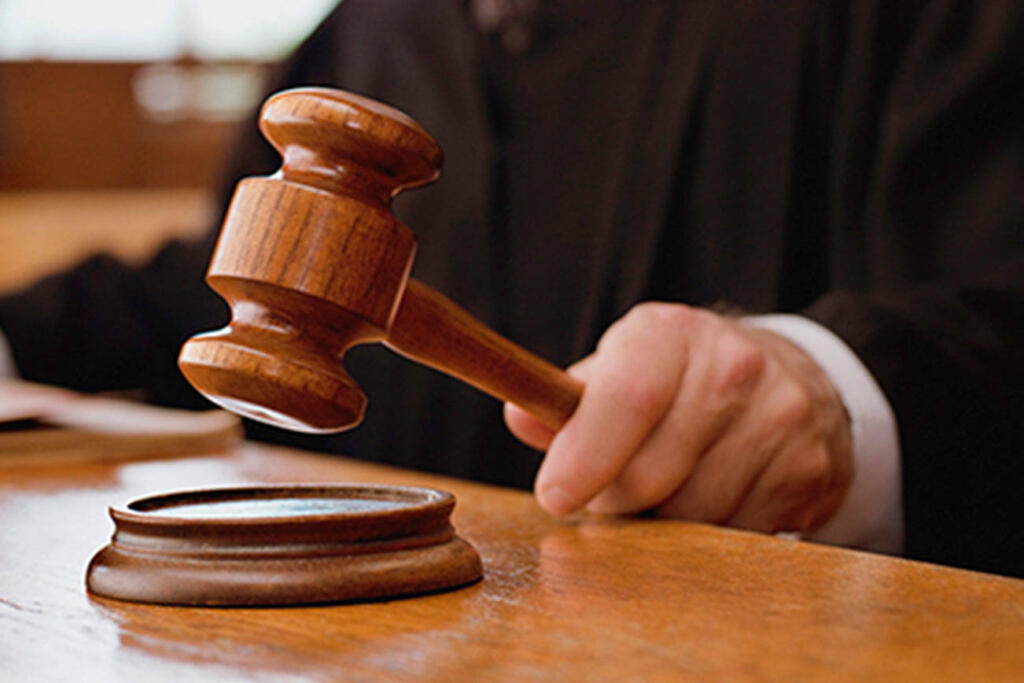The recent judgment by the Patna High Court has significant implications for Bihar’s reservation policies, particularly concerning the expansion of reservation quotas in employment and education sectors. This ruling has brought into focus the legal framework surrounding reservation and its boundaries, echoing broader judicial precedents.
Invalidation of Enhanced Reservations
The court’s decision struck down amendments that sought to increase reservations across various categories in Bihar. This included elevating Backward Classes (BC) reservation from 12% to 18%, Extremely Backward Communities (EBC) from 18% to 25%, and adjustments for Scheduled Castes and Scheduled Tribes. These amendments collectively raised the reservation level to 65%, exceeding the constitutional limit of 50% prescribed by judicial rulings.
Basis for Court’s Decision
The Patna High Court ruled against the amendments primarily on three grounds:
1. Constitutional Equality Violation: The amendments were found to contravene Articles 14, 15, and 16 of the Constitution, which ensure equality before the law and prohibit discrimination based on caste and other criteria. The court emphasized that any affirmative action measure must uphold the foundational principle of equality, ensuring that no individual or community faces discrimination solely based on their background.
2. Exceeding Reservation Limit: By surpassing the 50% cap on reservations established in the landmark Indra Sawhney case (1992), the amendments were deemed unconstitutional. The court reaffirmed the 50% ceiling as a crucial legal constraint, citing past rulings that have cemented this threshold as necessary to maintain fairness and prevent excessive preferential treatment that could undermine equal opportunities for all citizens.
3. Lack of Proportionate Representation: The court scrutinized the amendments for their failure to justify the need for and the impact of the increased reservations based on a proportionate representation framework. It emphasized that while adequate representation is essential to address historical injustices and social disparities, quotas should not seek to mirror demographic proportions as it could lead to an unsustainable inflation of reservation quotas beyond what is constitutionally permissible.
Legal and Policy Implications
The judgment underscores the complexity of balancing social justice imperatives with constitutional constraints on reservation policies. It highlights the necessity for rigorous analysis and adherence to established legal principles in formulating such policies. The court’s reference to Indra Sawhney’s judgment reiterates the precedent’s enduring influence in shaping reservation laws across India.
Indra Sawhney Case: Foundation of Reservation Limits
The 1992 Supreme Court ruling in the Indra Sawhney case established the 50% reservation cap for SCs, STs, and OBCs in public sector jobs, higher education institutions, and legislative bodies. This landmark decision aimed to harmonize affirmative action with the principle of equality, permitting exceptions only under exceptional circumstances. The court reasoned that while reservations are crucial to promoting inclusivity and addressing historical disadvantages, they must be balanced with meritocracy and the fundamental right to equal treatment under the law.
Critics of exceeding the 50% reservation limit argue:
– Equality Contradiction: Exceeding the cap may undermine the principle of equality enshrined in the Constitution, as it could perpetuate caste-based divisions rather than promoting genuine social integration and unity.
– Need for Balance: Maintaining a balance between affirmative action and equal opportunity is essential for sustainable social policies. Overreliance on reservations could hinder overall societal progress by potentially discouraging merit-based competition and innovation.
– Reservations as Exceptions: Reservations should serve as exceptions rather than norms, as cautioned by constitutional framers like Dr B R Ambedkar. View them as temporary measures aimed at uplifting marginalized communities until they achieve socio-economic parity with the rest of society.
Conclusion
The Patna High Court’s verdict emphasizes the critical challenge of navigating between social justice imperatives and constitutional boundaries in reservation policies. It underscores the importance of evidence-based policy-making and respect for judicial precedents to ensure equitable and legally sound affirmative action initiatives. This decision serves as a pivotal moment in the ongoing discourse on reservation quotas in India’s public institutions, urging policymakers to strike a delicate balance between addressing historical injustices and upholding the principles of equality and meritocracy.
In essence, while reservations are essential tools for promoting inclusivity and rectifying historical wrongs, their implementation must align with constitutional principles to avoid overreach and ensure fairness for all citizens.
